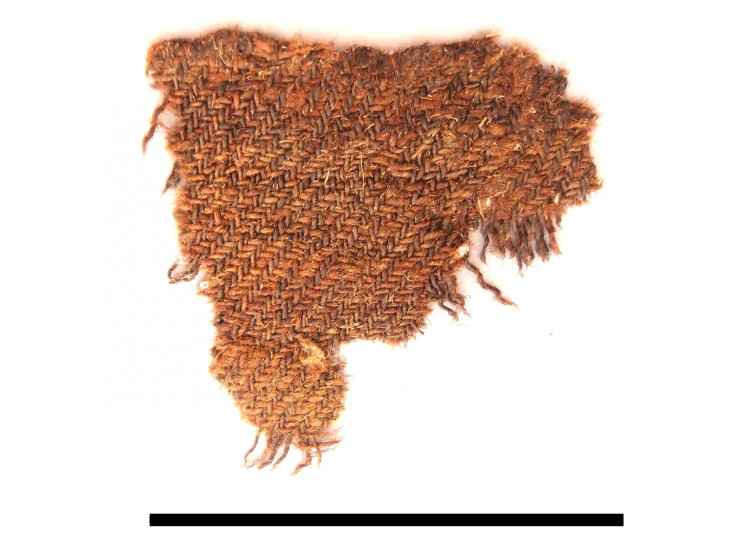Danish Bronze Age elite buried in fancy woolly hats and shawls, 3,500-year-old graves reveal
As wealthy classes emerged in Europe, they distinguished themselves with expensive imported clothing.
High-status Bronze Age Danes wore intricate wool clothes that were made hundreds if not thousands of miles away, to show how well-travelled and wealthy they were. The first wide-scale study of wool clothes from the period has revealed how this elite class began to emerge in the 2nd millennium BCE.
The most famous of the elite western Danes is one known as Egtved Girl. She was between 16 and 18 years old when she died in 1370 BCE. She was buried wearing a tunic and skirt, a large bronze belt plate decorated with spirals, a delicate earring, a comb and a dagger.
This finely made outfit was preserved, like many others in the region, thanks to the unique conditions created in her burial mound. A layer of iron that was deposited around the oak coffin she was buried in helped to create an oxygen-free and acidic environment around the body. This killed off any microbes that would otherwise have started to break down the materials.
"You get this type of environment where you can preserve these animal fibres, such as wool, for all this time – over 3,000 years, which is amazing," Karin Frei of the National Museum of Denmark, who has researched the burial of Egtved Girl, told IBTimes UK. Frei's previous research on Egtved Girl revealed that she was born and raised outside of Denmark.
This remarkable preservation has allowed archaeologists to trace the origins of the Bronze Age wools found in burials from this time in Denmark. A new study by Frei has looked at where sheep were grazing when they grew the wool that made up the clothing, comparing burials across western Denmark, including that of Egtved Girl.
There was no method to find the origin of the wool, so she began developing one several years ago based on strontium isotopes.

"Strontium is incorporated into our bodies through what we eat and drink, and it depends on the geology of the local area," Frei said. "Different geological areas have different strontium isotope ranges. The range depends on the age of the rocks that have produced the local soil and the type of rock."
The strontium analysis showed that more than 75% of the wool found in graves in western Denmark was not originally from Denmark, Frei found. So Egtved Girl was far from the only one in her society to wear such exotic and probably expensive clothing. She was part of a well-travelled elite who may have prized their wool as much as metals, Frei said.
"We are seeing that there's much more going on in the Bronze Age in general than we previously thought," Frei said. "The Bronze Age is sometimes said to be the period in prehistory where Europe has its first golden age.

"There is a lot of trade going over long distances and you get these amazing cultural interactions between different people. At the same time, a different society starts to develop where you have differences in social status – an elite emerges in this period."
Studying the clothing of this elite reveals aspects of their identity that are invisible if only the more robust metal objects in the graves are studied, Frei said.
"In the Bronze Age new forms of identity emerge. Suddenly we start to see females being obviously different to males. That is a type of identity that is starting to get much stronger."
The analysis has yet to hone in on exactly where the wool came from. This is largely because the method is still in its infancy, and comprehensive geological maps of Europe are lacking. Once these have been developed, it will be much easier to pinpoint regions of origin for natural products such as wool.
© Copyright IBTimes 2025. All rights reserved.





















